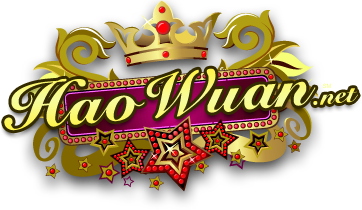History of Taiwan
The first human settlers in Taiwan dates back to 30,000 years ago. And there is evidence that the first inhabitants of Taiwan may have been genetically distinct from any groups currently on the island.
About 4,000 years ago, ancestors of current Taiwanese aborigines settled in Taiwan. These aborigines are genetically related to Malay and maternally to Polynesians, and linguists classify their languages as Austronesian It is thought likely that Polynesian ancestry may be traceable throughout Taiwan.
Records from ancient China indicate that the Han Chinese might have known of the existence of the main island of Taiwan since the Three Kingdoms period (third century, 230 A.D.), having assigned offshore islands in the vicinity names like Greater Liuqiu and Lesser Liuqiu (etymologically, but perhaps not semantically, identical to Ryukyu in Japanese), though none of these names has been definitively matched to the main island of Taiwan. The Ming Dynasty admiral Cheng Ho (Zheng He) visited Taiwan in 1430.
Han Chinese began settling in the Penghu islands in the 1200s, but Taiwan's hostile tribes and its lack of the trade resources valued in that era rendered it unattractive to all but "occasional adventurers or fishermen engaging in barter" until the 16th century.
Chiang Kai-shek's eventual successor, his son Chiang Ching-kuo, began to liberalize Taiwan's political system. In 1984, the younger Chiang selected Lee Teng-hui, an ethnically Taiwanese technocrat, to be his vice president. In 1986, the Democratic Progressive Party (DPP) was formed and inaugurated as the first opposition party in Taiwan to counter the KMT. A year later Chiang Ching-kuo lifted martial law.
After the 1988 death of Chiang Ching-Kuo, President Lee Teng-hui became the first ethnically Taiwanese president of the ROC. Lee continued to democratize the government and decrease the concentration of government authority in the hands of mainland Chinese. Under Lee, Taiwan underwent a process of localization in which Taiwanese culture and history were promoted over a pan-China viewpoint in contrast to earlier KMT policies which had promoted a Chinese identity.
Lee's reforms included printing banknotes from the Central Bank rather than the Provincial Bank of Taiwan, and streamlining the Taiwan Provincial Government with most of its functions transferred to the Executive Yuan. Under Lee, the original members of the Legislative Yuan and National Assembly, elected in 1947 to represent mainland Chinese constituencies and having taken the seats without re-election for more than four decades, were forced to resign in 1991. The previously nominal representation in the Legislative Yuan was brought to an end, to reflect the reality that the ROC government had no jurisdiction over mainland China. Restrictions on the use of Taiwanese Hokkien in the broadcast media and in schools were lifted as well. During later years of Lee's administration, he was involved in corruption controversies relating to government release of land and weapons purchase, although no legal proceedings commenced.
In the 1990s, the ROC continued its democratic reforms, as President Lee Teng-hui was elected by the first popular vote held in Taiwan during the 1996 Presidential election. In 2000, Chen Shui-bian of the DPP, was elected as the first non-KMT President and was re-elected to serve his second and last term since 2004. Polarized politics has emerged in Taiwan with the formation of the Pan-Blue Coalition of parties led by the KMT, favoring eventual Chinese reunification, and the Pan-Green Coalition of parties led by the DPP, favoring an eventual and official declaration of Taiwan independence.
域名 HaoWuan.net 正在出售中,如果您对该域名感兴趣,请点击这里提供您的报价。
The domain name HaoWuan.net maybe for sale. Please click here if you would like to make an offer.



